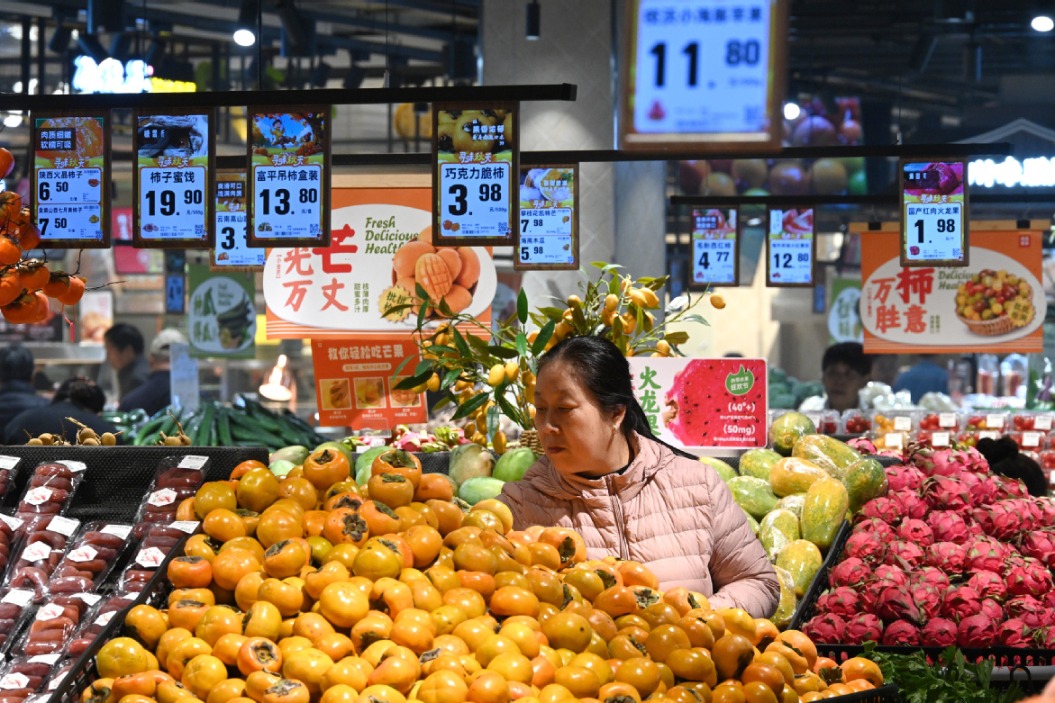B&R to boost use of renminbi in global trade

The Chinese yuan's status as an international reserve currency and its use in global trade and investment is expected to get a further boost from the country's Belt and Road Initiative, central bank officials said.
Germany's central bank has decided to include the renminbi in its currency reserves, according to Andreas Dombret, one of the board members of the Bundesbank, who gave a speech at the Asian Financial Forum in Hong Kong on Monday.
He said the yuan is used increasingly as part of central banks' foreign exchange reserves around the globe.
Several hours before Dombret's speech, the vice-governor of China's central bank said there is huge room for the yuan to increase its global use, as many countries are stepping up demand for yuan-denominated assets.
"The yuan's international status is far lower than the proportion of the Chinese economy in the global economy," Yin Yong, vice-governor of the People's Bank of China, said at a forum in Qingdao, Shandong province, on Sunday.
Both central bank officials agreed that the Belt and Road Initiative, which will strengthen trade and investment ties between China and its Asian, African and European partners, could fuel the yuan's usage and boost its internationalization.
In order to support the initiative, the country announced the injection of another 100 billion yuan ($15.54 billion) into the Silk Road Fund and encouraged financial institutions to launch yuan-denominated overseas funds totaling 300 billion yuan.
"These two arrangements are going well," said Yin, who said he believes the overseas yuan investments in the related regions can boost demand for the currency.
For the next step, Yin said, additional measures will be taken to accelerate the yuan's internationalization, including removing some policy obstacles and improving infrastructure such as cross-border payment and settlement systems.
According to the Chinese central bank official, the yuan only accounts for around 1.8 percent of international clearing and only 2 percent of foreign exchange transactions as of today.
Data from the International Monetary Fund show that by the end of September 2017, the yuan accounted for about 1.12 percent of global foreign exchange reserves, and central banks of more than 60 countries and regions have included the yuan in their reserves.
It mismatches the country's role as the world's second-largest economy, which now contributes more than 15 percent of the global GDP and around 11 percent of the global trade, he added.
On Monday, the daily trading reference of the yuan was 6.4574 per dollar, and its spot exchange rate in the offshore market once reached 6.4574 per dollar during the day.
The Chinese currency appreciated 6.8 percent against the US dollar in 2017, according to official data.
The yuan has been accepted by the IMF as one of the five currencies in its basket of Special Drawing Rights in 2016, a milestone that will encourage global holdings of it as a reserve currency.




































